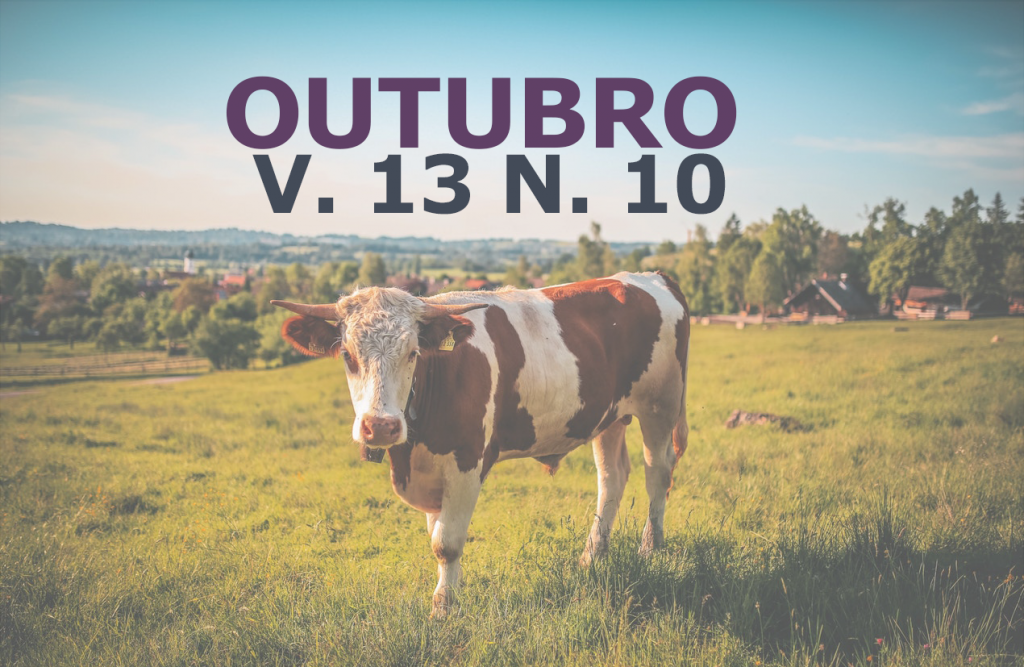Cytopathological diagnosis of cryptococcosis in a cat: Case report
DOI:
https://doi.org/10.31533/pubvet.v13n10a433.1-9Keywords:
Cryptococcus spp., fungal dermatopathy, granuloma, systemic mycosis, respiratory tractAbstract
The objective of this study was to report a case of cutaneous and nasal cryptococcosis in an adult female cat who presented firm, non-alopecic and non-ulcerated cephalic neoformation, which caused facial asymmetry, associated with the slight presence of unilateral mucous nasal discharge. Mycotic infections can be classified according to the lesion site in cutaneous, subcutaneous and systemic. The feline species is highly susceptible to several fungal infections, including cryptococcosis. Cryptococcosis is about seven to ten times more common in cats than dogs, and clinical signs are varied and nonspecific, as they may affect the respiratory, integumentary, ocular, and central nervous system. Its diagnosis is based initially on the information obtained from the anamnesis and physical examination and can be confirmed by several methods, such as cytological examination, microbiological culture, histopathological examination or through molecular techniques. The patient's diagnosis in this study was established by cytopathological examination of the neoformation, which revealed the presence of numerous encapsulated yeast forms compatible with Cryptococcus microorganisms. The successfully instituted therapy was 10 mg/kg oral itraconazole every 24 hours for 8 months, with no recurrences so far. Although not considered an anthropozoonosis, cryptococcosis deserves attention in the small animal clinic because its diagnosis is difficult, and often occurs only by postmortem findings. In addition, if not effectively treated the prognosis is unfavorable and may lead to death.
Downloads
Published
Issue
Section
License
Copyright (c) 2019 Jéssica Ragazzi Calesso, Vinicius Prado de Oliveira, Melissa Gonçalves Jacob, Ademir Zacarias Junior, Karina Yukie Hirata

This work is licensed under a Creative Commons Attribution 4.0 International License.
Você tem o direito de:
Compartilhar — copiar e redistribuir o material em qualquer suporte ou formato
Adaptar — remixar, transformar, e criar a partir do material para qualquer fim, mesmo que comercial.
O licenciante não pode revogar estes direitos desde que você respeite os termos da licença. De acordo com os termos seguintes:
Atribuição
— Você deve dar o crédito apropriado, prover um link para a licença e indicar se mudanças foram feitas. Você deve fazê-lo em qualquer circunstância razoável, mas de nenhuma maneira que sugira que o licenciante apoia você ou o seu uso. Sem restrições adicionais
— Você não pode aplicar termos jurídicos ou medidas de caráter tecnológico que restrinjam legalmente outros de fazerem algo que a licença permita.





